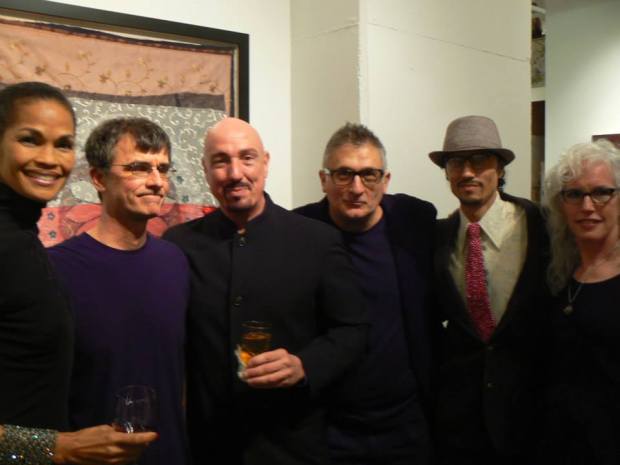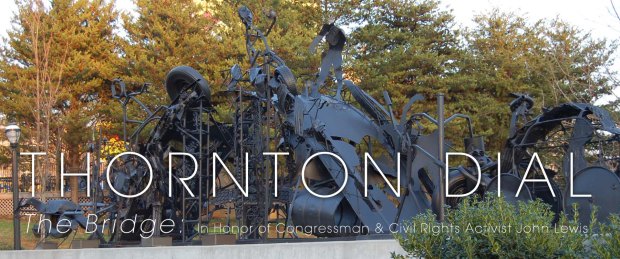“Is Atlanta a global arts incubator? How can we make Atlanta an incubator of global arts?” – Questions such as these echo through Bill Lowe Gallery often. For some the answers are obvious, and for others it is a matter of much heated debate. To be able to answer these questions one must first scrutinize Atlanta’s tormented history and then delve into its current situation.
Atlanta is the largest city in North America to be completely destroyed by war; thus it is a relatively new city as compared to other cultural metropolises around the world – some of which have hundreds or even thousands of years of history and culture to build upon. Still, Atlanta’s arts scene is bursting at the seams; with gallerists such as Bill Lowe, Fay Gold, and Timothy Tew, just to name a few, as well as the presence of SCAD and the High Museum of Art incessantly pushing the envelope where the realm of fine arts is concerned.
“The success of art is driven by money and real estate. When the real estate market collapsed the art market followed along with it. If people have no walls to hang the art there is no need to purchase it,” asserted Michael David, founder of the Fine Arts Atelier. The pulse of a city’s real estate market is a great predictor of, and contributor to, the city’s art scene – and Atlanta’s real estate market is thriving. However, the arts community severely lacks the funding that it needs to truly flourish. Typically, when large entities such as corporations make sizable investments in Southern cities like Atlanta, Houston, Dallas and Miami they go to the sports teams and other activities that are unrelated to the arts.
Government also plays an integral role in the cultivating of the arts community, as locale specific spending could encourage galleries and artists to flourish in the commercial arena. Atlanta’s art scene, although vast, is somewhat complicated as there are several art niches all over the city, contrary to New York or Miami where the bulk of the art community is present in a singular place. It would do well for city if the gallerists were to coexist in a centralized location; a collective effort would more readily enable Atlanta to become a force to be reckoned with by the global arts community.
Furthermore, it is noteworthy to highlight the power of art within the initiative of the unification of the city: Art brings people together, and when people come together they stand stronger and taller. This phenomenon is beautifully illustrated by the Fine Arts Atelier, Michael David brought together a range of artists, these artists then grew together and were able to participate in a group show at Bill Lowe Gallery. The opening was jam packed, and from the opening sprung the idea of having an artist talk – which attracted even more people. It is undeniable that the Atlanta arts community is gaining momentum toward the unification of its disjointed art scene; once the art niches coalesce Atlanta’s place in the global art scene will be one of awe.
The popular consensus at the Artists talk was one of community and pride. We must make it known that we are an arts incubator, and we will become an arts and culture epicenter. As the widely recognized “capital of the South”, this is Atlanta’s destiny. This future will only be possible with Atlanta morphing into a tight-knit-art-based community, fueled by the support of government, corporate entities, and most of all the universal and unfathomable spirit of the arts.







